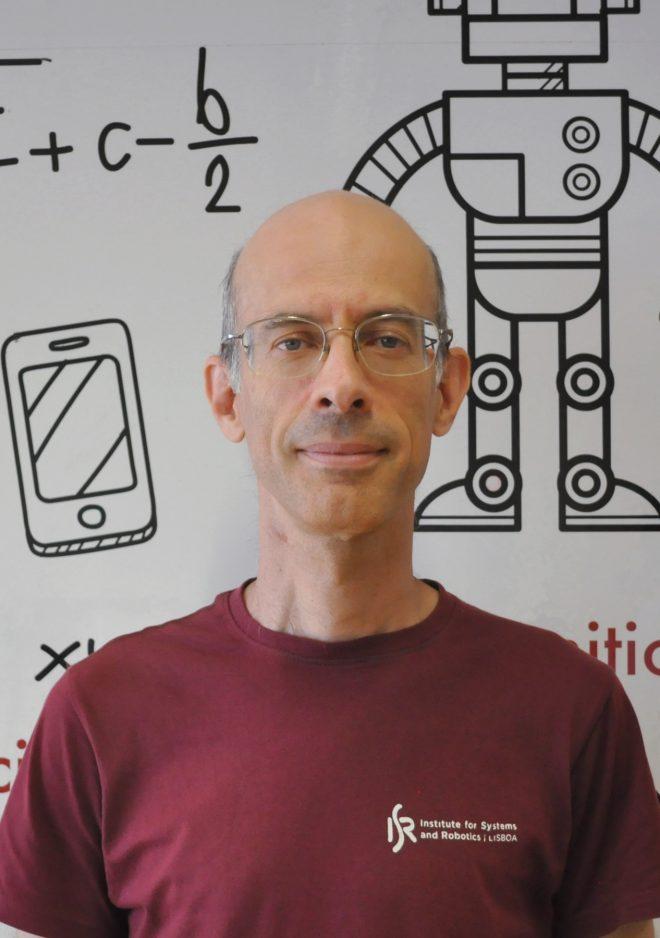| Acronym | ADCOD |
|---|---|
| Name | Advanced Code and Receiver Designs for Transmission over Selective Radio Channels |
| Funding Reference | FCT - PTDC/EEA-TEL/099973/2008 |
| Dates | 2010-03|2013-02 |
| Summary | Future wireless systems are expected to support data rates of several hundreds of Mbit/s in a variety of scenarios with high spectral and power efficiencies. Due to high transmission rates the channel will be severely time dispersive. For this reason, block transmission techniques combined with frequency-domain equalization (such as, OFDM (Orthogonal Frequency Division Multiplexing) and SC-FDE (Single-Carrier Frequency-Domain Equalization) modulations schemes are strongly recommendable. A key technology to improve power and spectral efficiencies is the use of multi-antenna schemes exploiting spatial diversity (such as STF (Space-Time-Frequency) codes and spatial multiplexing (such as LST (Layered Space-Time) techniques. The use of signals with reduced envelope fluctuations is also important to allow efficient power amplification. This is particularly important in the case of OFDM signals. Conventional FDE implementations require accurate channel estimates at the receiver, something particularly important in multi-antennas systems. These estimates can be obtained with the help of appropriate training symbols or blocks. Due to frequency offsets and Doppler effects, the channel is expected to change from block to block, or even within a given block, especially for large blocks, high carrier frequencies and/or high moving speeds. In this case, it might be recommendable to employ non-coherent systems. This project considers efficient transmission schemes for frequency-selective channels. For this reason, we will employ OFDM and SC-FDE block transmission formats with multi-antenna schemes. The research team involved in this project includes researchers working in transmission, codebook and receiver design and optimization, as well as researchers working on propagation issues. In the first phase of this project, we address the problem of STF codebook design for both coherent and non-coherent communications. In contrast with conventional approaches, the codebook design takes into account the envelope fluctuations and dynamic range of the transmitted signals, so as to allow efficient power amplification. We will also take into account non-linear effects (e.g., due to clipping of OFDM signals in the STF code design. The impact of nonlinear distortion effects on the designed STF codes will be studied, whenever possible, employing analytical methods. Contrarily to the usual approach, we will take into account non-white noise effects (e.g., due to self-distortion inherent to nonlinear effects) in our designs. Pragmatic code designs (eventually combined with conventional error correction schemes and allowing low-complexity transmitter/receiver implementations) will also be considered. In the second phase of this project, we will generalize the results obtained in the first phase to the fading channels that are both time-dispersive and time varying (i.e., doubly selective channels). For the coherent case, the combination of suitable block/frame designs and adequate estimation and tracking techniques (both for the channel frequency response and the frequency offsets/phase noise carrier will be considered to cope with time-varying channels. We will also develop receiver structures for the case where the channel changes significantly within a given block, both coherent and non-coherent. To achieve these goals, we need accurate channel models taking into account short-term and long-term variations. We will develop new, more accurate narrow and wideband channel models through theoretical investigations as well as experimental data gathering for different frequencies (e.g., 2.4, 5.6 and 38 GHz), in several deployment scenarios. A time-varying tapped delay line based model will be developed to represent the doubly selective channel phenomena. The combined channel model will be suitable for simulating fading mitigation techniques such as adaptive coding and modulation, interference cancellation, and other capacity enhancing techniques. We will also consider STF codebook designs and receiver designs exploiting the |
| Research Groups |
Signal and Image Processing Group (SIPG) |
| Project Partners | Instituto de Telecomunicações (PT) |
| ISR/IST Responsible | |
| People |



